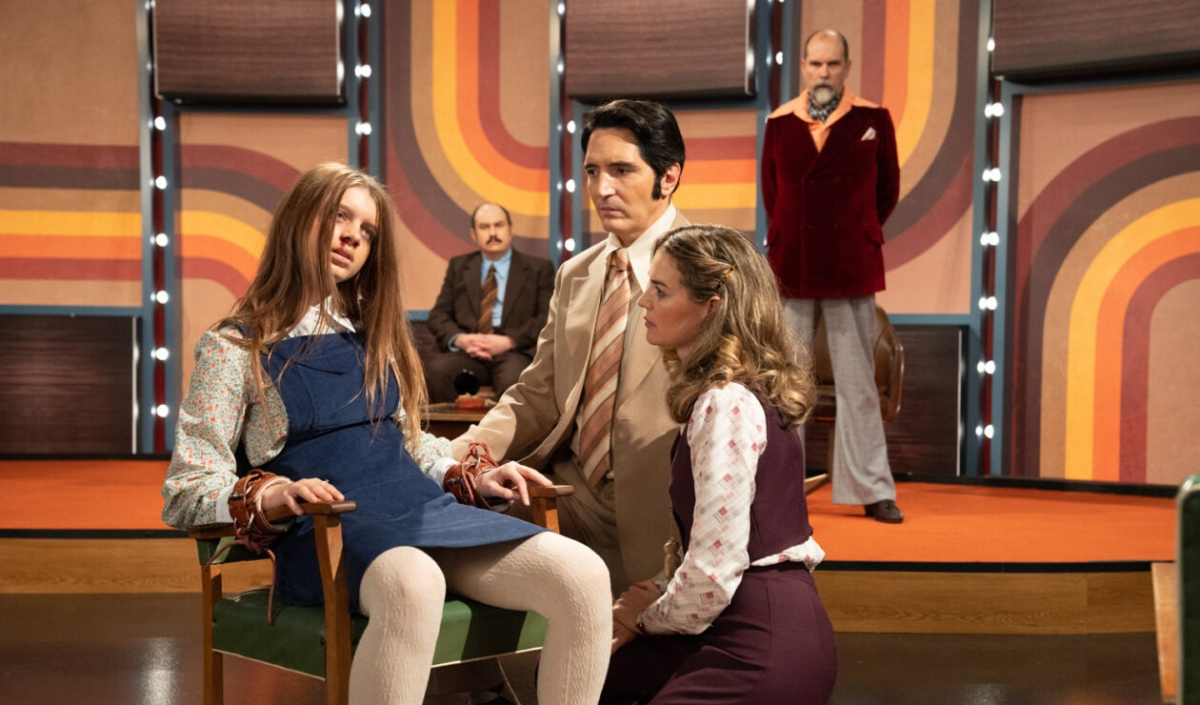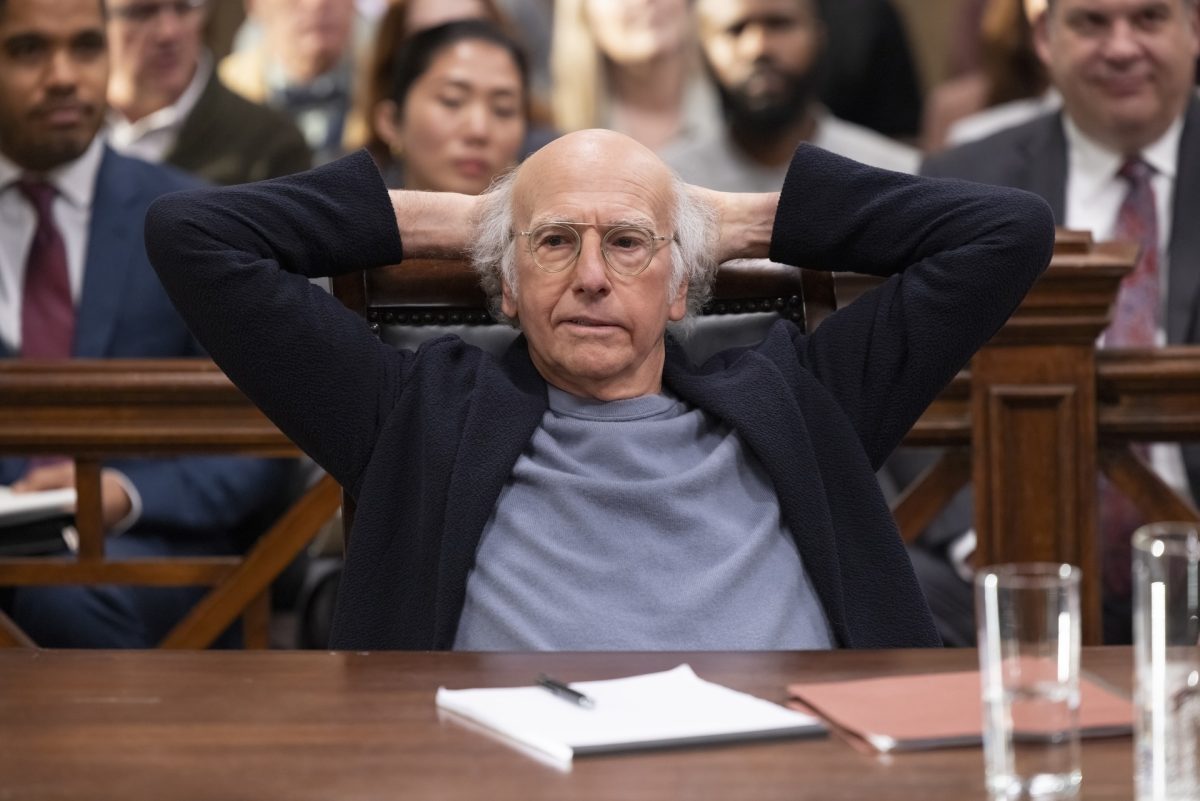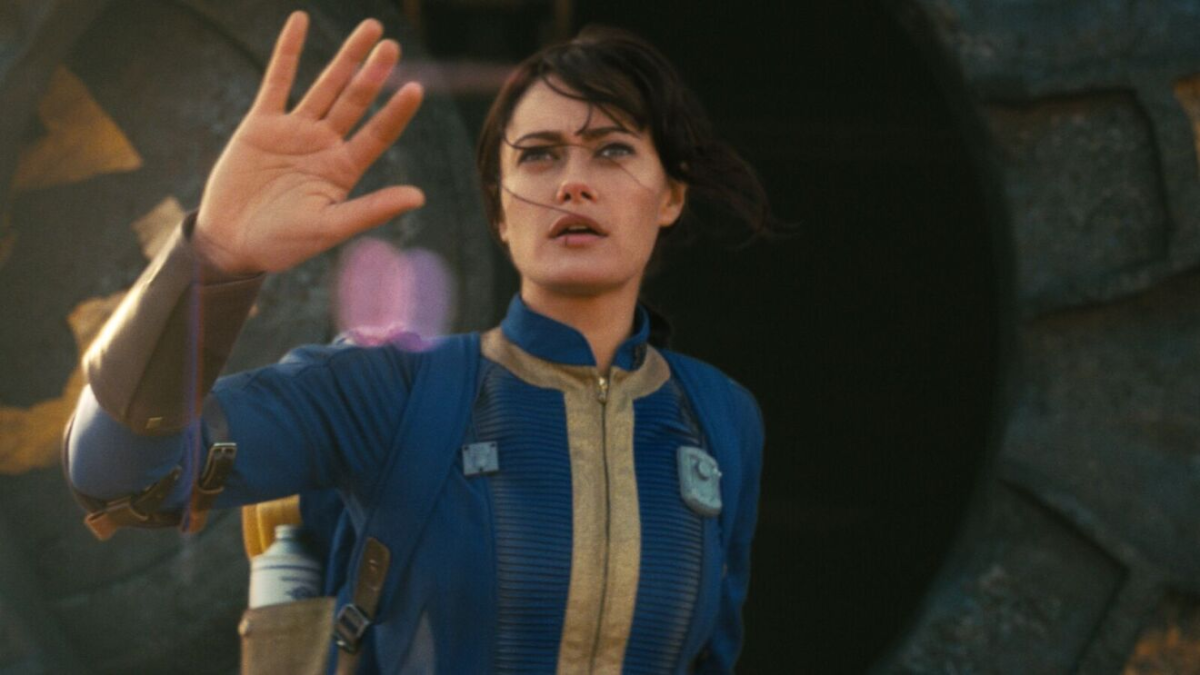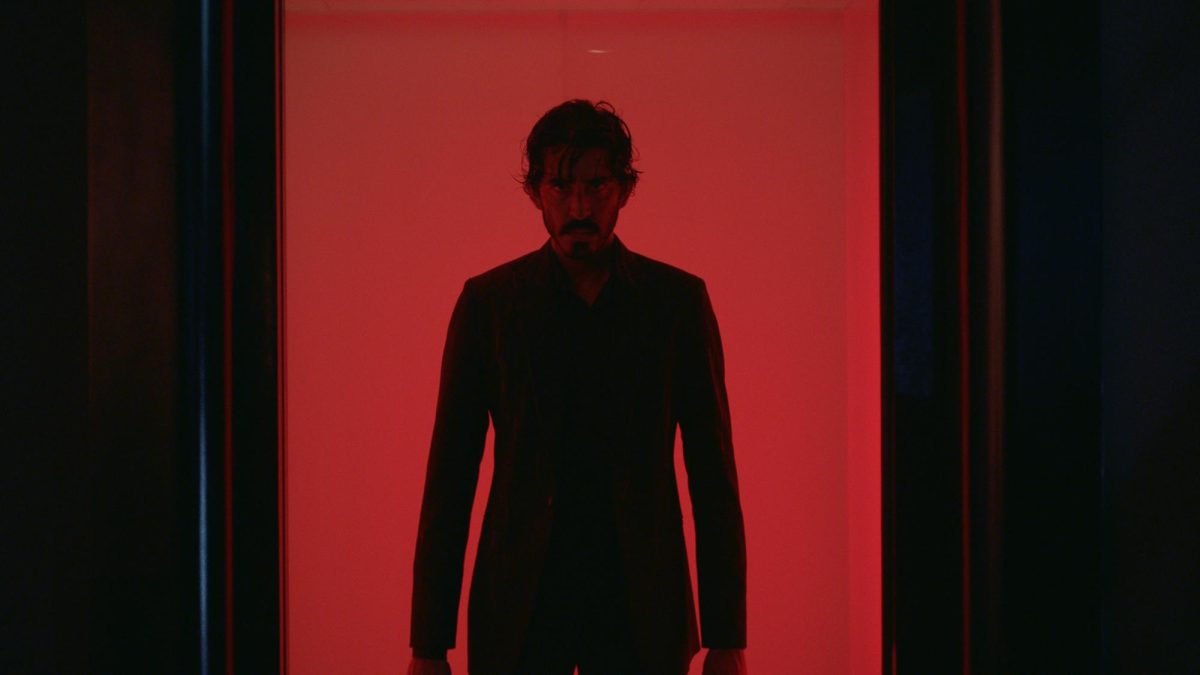Seven years after Alfonso Cuaron released “Children of Men” — arguably the best film of the last decade — comes his long-awaited follow-up, “Gravity.” The film doesn’t quite pack the same emotional punch as “Children of Men,” but it makes up for it with stunning visual and technological innovations, many of which Cuaron developed specifically for this film. The result is movie magic in the truest sense of the phrase, taking Hollywood actors to space without ever leaving Earth in one of the year’s best films.
The plot is simple: Astronauts Dr. Ryan Stone (Sandra Bullock) and Matt Kowalski (George Clooney) are in space doing maintenance on the International Space Station when a debris field wipes out their shuttle and strands them miles above Earth. As Stone and Kowalski struggle to get home, increasingly intense challenges makes it difficult for them.
The script, co-written by Cuaron, won’t be winning any prizes for originality, but it brings pathos to a fairly standard survival story with a great sci-fi twist. The dialogue veers toward the obvious at times, with Bullock stumbling over awkward lines more frequently than the eternally charming Clooney. Nevertheless, “Gravity” differentiates from other survival films by keeping its characters refreshingly intelligent. Although they’re in a terrible situation, the escalating danger to the characters comes from a mix of bad luck and external influences, rather than their competent, measured handling of the situation, which makes “Gravity’s” persistent sense of panic
more effective.
That panic is perfectly captured by Bullock’s desperate, sympathetic performance as a rookie astronaut in a horrible situation. It’s a demanding performance, and she makes the despair of her plight feel immediate and vital, while keeping her character’s actions emotionally viable. Clooney should just play astronauts all the time as he is so perfectly calibrated in his unflappable, wry persona to the intimidating depths of outer space. He brings a dry wit and complete control to his limited role and would steal the film out from under Bullock if her performance had not been so central and effective. But the true star of the film is Cuaron.
“Gravity” opens with a shot that reportedly lasts 17 minutes, deftly setting up the characters and the vacuum they’ve chosen to venture into, and it’s the first in a set of stunning cinematic achievements from Cuaron. It’s rare that a film can display something never before seen, but Cuaron does that here. The visuals are epic, and Cuaron is equally skilled at inducing terror and wonder at the vastness of space.
The visuals are complemented by Stephen Price’s essential score, a mournful and sinister piece of music that dictates the mood of the film just as precisely as Cuaron’s visuals. Without giving too much away, the film’s final shot is a perfect summation of just how well its score, visuals and performances work together, a victory by Cuaron that allows the audience to leave satisfied.
“Gravity” is a film that exists almost entirely to serve its visuals, but it still manages to leave a lasting impression. Cuaron extracts such strong performances from Bullock and Clooney their perils feel like genuine threats that inspire chilling despair. It’s hard to shake the feeling that Cuaron has crafted something revolutionary, something that redefines what a film can and cannot do, and that alone renders “Gravity” as a testament to the capabilities of the human spirit.





















